Source: Denis Raev | Dreamstime.com
Ever notice that your favorite hair care products seemingly lose their effectiveness over time? In many cases, the underlying issue is simply that the hair and scalp have gotten too familiar with the same products being used over and over. This prevents the products from providing their full benefits, making them less effective. The solution? Hair cycling.
By educating your clients on this phenomenon and teaching them about hair cycling, you can help them unlock the full potential of professional hair care products and empower them to maintain healthy hair between appointments. This approach lets them take charge of their hair care journey and increases the value of the salon experience by maximizing the benefits they receive from your expertise and premium product lines. Let’s take a closer look at how to educate your clients on hair cycling.
Understanding Hair Cycling
Every hair strand undergoes a natural growth cycle with three distinct phases: anagen (growth), catagen (transition) and telogen (resting). While the growth phase can last for years, continuous exposure to the same ingredients in shampoos, conditioners, etc. can lead to “product resistance.” In simpler terms, the hair becomes accustomed to the formulations, reducing their effectiveness.
This is where hair cycling, which focuses on alternating between different products with distinct benefits, comes into play. This prevents resistance, gives your clients’ hair a broader spectrum of nourishing ingredients and ultimately allows you to showcase the efficacy of your salon-quality product range.
Benefits of Hair Cycling
Cycling through several different hair products offers a wide range of benefits, including:
- Enhances the effectiveness of professional products: By preventing resistance, hair remains receptive to the benefits of your recommended products, such as a high-quality salon conditioner, ensuring the best results.
- Addresses specific concerns: Rotating products with different benefits allows you to tailor the routine to individual client needs, effectively tackling concerns like dryness, frizz or color fading.
- Reduces product buildup: Consistent use of the same product can lead to buildup, causing irritation and weighing down hair. Cycling helps prevent this.
- Encourages a holistic approach: Hair cycling encourages clients to be more engaged in their hair care journey. It also prompts experimentation and exploration of various professional products to discover what works best for them.
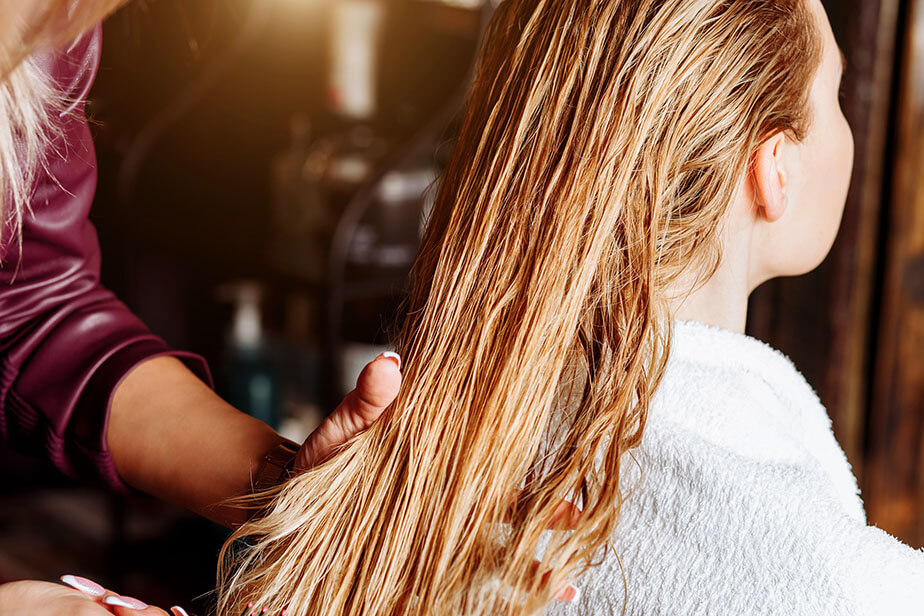
Source: Liliia Shakirova | Dreamstime.com
How to Recommend Hair Cycling to Your Clients
To introduce hair cycling to your clients, start by gathering information about their current routine, hair goals and specific concerns. This allows you to tailor your approach based on their unique needs. Next, explain the concept and its benefits. Emphasize how it prevents product buildup and resistance, allowing them to experience the full potential of your recommended professional products. Connect this concept to their specific concerns, highlighting how rotating products with targeted benefits can directly address challenges like dryness, frizz or color fading.
Once they understand the concept, create a personalized hair cycling routine. This involves recommending a frequency (weekly, bi-weekly, etc.) based on their hair type and concerns. Suggest a combination of product types, like salon shampoos, conditioners, masks and styling products, with varying benefits to address their goals. Remember to emphasize flexibility, as it’s crucial for clients to listen to their hair and adjust the routine based on how it responds to different products.
Finally, guide them on product selection. Showcase professional hair care products you offer that cater to their individual needs. If they prefer buying products at home, offer trusted resources to help them choose suitable options that align with their hair cycling plan. By following these steps, you can empower your clients with knowledge and help them achieve their hair goals.
Practical Hair Cycling Tips for Salon Professionals
1. Develop Informative Materials
Design brochures, pamphlets or social media posts explaining hair cycling in a clear and concise way, highlighting its benefits.
2. Talk About Cycling During Consultations
During consultations, discuss each client’s current routine and weave in personalized cycling recommendations tailored to their specific needs.
3. Offer Hair Cycling Kits
Create curated hair cycling kits containing professional products targeting specific concerns (e.g., dry hair, color protection, etc.) to encourage clients to explore different formulations.
4. Host Workshops or Seminars
Organize educational workshops or seminars to engage clients in learning about hair cycling and provide a platform for questions and discussions.

Source: Zorandim | Dreamstime.com
Final Thoughts
Educating your clients about hair cycling empowers them to take an active role in their hair care journey. By understanding the benefits and implementing a personalized routine, they can maximize the results of salon treatments and achieve healthier, more manageable hair at home. Remember that clear communication, personalized recommendations and ongoing guidance are the secrets to ensuring your clients have the knowledge and confidence to embrace hair cycling for optimal hair health and beauty.






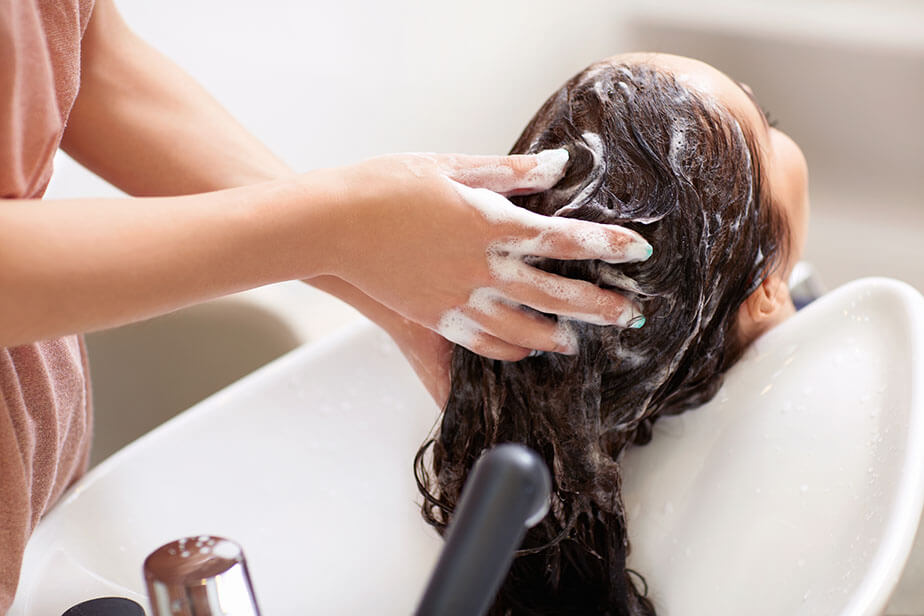




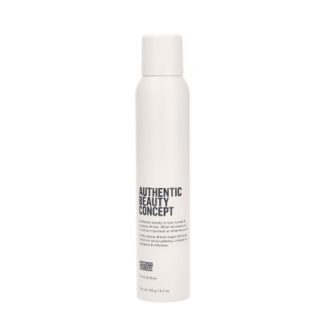
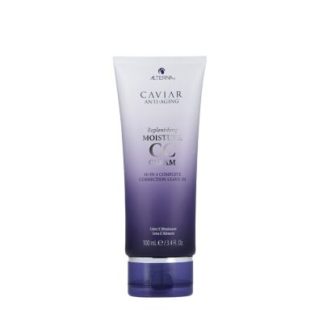

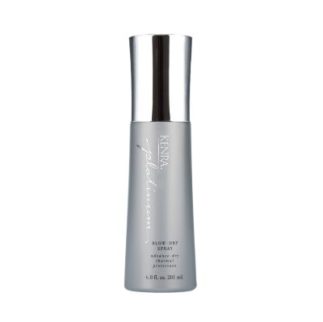

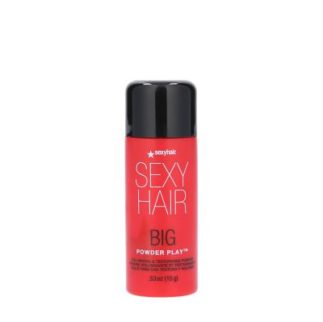
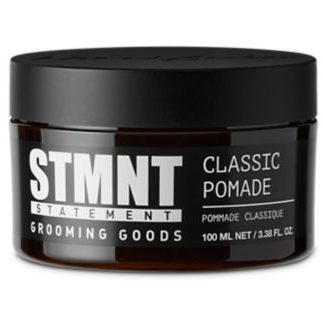
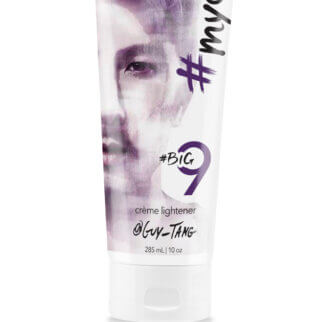
Share Your Feedback